Filter by
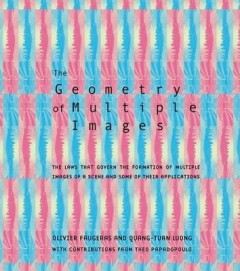
The geometry of multiple images : the laws that govern the formation of multi…
This book formalizes and analyzes the relations between multiple views of a scene from the perspective of various types of geometries. A key feature is that it considers Euclidean and affine geometries as special cases of projective geometry.Over the last forty years, researchers have made great strides in elucidating the laws of image formation, processing, and understanding by animals, humans…
- Edition
- -
- ISBN/ISSN
- 9780262272513
- Collation
- 1 online resource (xxiv, 644 pages) :illustrations
- Series Title
- -
- Call Number
- 006 FAU g
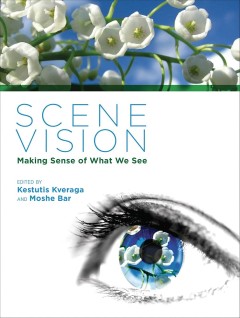
Scene Vision: Making Sense of What We See
Cutting-edge research on the visual cognition of scenes, covering issues that include spatial vision, context, emotion, attention, memory, and neural mechanisms underlying scene representation.OCLC-licensed vendor bibliographic record.
- Edition
- -
- ISBN/ISSN
- 9780262319898
- Collation
- 1 online resource :illustrations
- Series Title
- -
- Call Number
- -
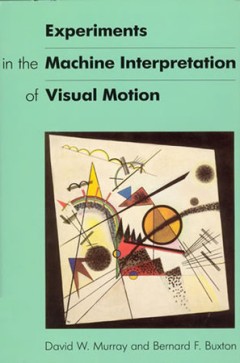
Experiments in the machine interpretation of visual motion
If robots are to act intelligently in everyday environments, they must have a perception of motion and its consequences. This book describes experimental advances made in the interpretation of visual motion over the last few years that have moved researchers closer to emulating the way in which we recover information about the surrounding world. It describes algorithms that form a complete, imp…
- Edition
- -
- ISBN/ISSN
- 9780262280372
- Collation
- 1 online resource (236 pages) :illustrations.
- Series Title
- -
- Call Number
- -
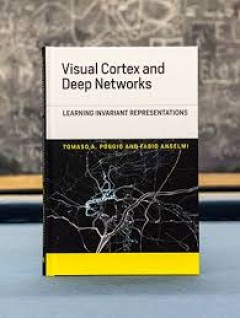
Visual Cortex and Deep Networks: Learning Invariant Representations
A mathematical framework that describes learning of invariant representations in the ventral stream, offering both theoretical development and applications.The ventral visual stream is believed to underlie object recognition in primates. Over the past fifty years, researchers have developed a series of quantitative models that are increasingly faithful to the biological architecture. Recently, …
- Edition
- -
- ISBN/ISSN
- 9780262336710
- Collation
- 1 online resource (xiv, 118 pages) :illustrations.
- Series Title
- -
- Call Number
- -

Modularity in knowledge representation and natural-language understanding
"A Bradford book."The notion of modularity, introduced by Noam Chomsky and developed with special emphasis on perceptual and linguistic processes by Jerry Fodor in his important book The Modularity of Mind, has provided a significant stimulus to research in cognitive science. This book presents essays in which a diverse group of philosophers, linguists, psycholinguists, and neuroscientists--inc…
- Edition
- -
- ISBN/ISSN
- 9780262071055
- Collation
- 1 online resource (ix, 427 pages) :illustrations.
- Series Title
- -
- Call Number
- -
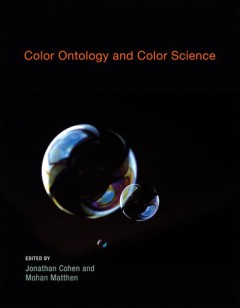
Color ontology and color science
Here, leading scientists and philosophers examine new problems with new analytic tools, considering such topics as the psychophysical measurement of colour and its implications, and questions that arise from what we now know about the neural processing of colour information, colour consciousness, and colour language.
- Edition
- -
- ISBN/ISSN
- -
- Collation
- 1 online resource (xxiii, 419 pages) : illustrations.
- Series Title
- -
- Call Number
- -
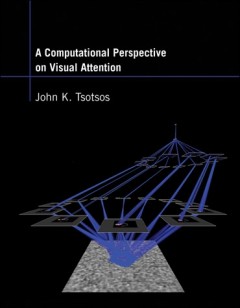
A computational perspective on visual attention
Although William James declared in 1890, "Everyone knows what attention is," today there are many different and sometimes opposing views on the subject. This fragmented theoretical landscape may be because most of the theories and models of attention offer explanations in natural language or in a pictorial manner rather than providing a quantitative and unambiguous statement of the theory. They…
- Edition
- -
- ISBN/ISSN
- 9780262295420
- Collation
- 1 online resource (xvi, 308 pages) :illustrations (some color)
- Series Title
- -
- Call Number
- -

Object recognition in man, monkey, and machine
The contributors bring a wide range of methodologies to bear on the common problem of image-based object recognition. These interconnected essays on three-dimensional visual object recognition present cutting-edge research by some of the most creative neuroscientific, cognitive, and computational scientists in the field. Cassandra Moore and Patrick Cavanagh take a classic demonstration, t…
- Edition
- -
- ISBN/ISSN
- 9780262287609
- Collation
- 1 online resource (217 pages) :illustrations.
- Series Title
- -
- Call Number
- -

2D object detection and recognition :models, algorithms, and networks
Two important subproblems of computer vision are the detection and recognition of 2D objects in gray-level images. This book discusses the construction and training of models, computational approaches to efficient implementation, and parallel implementations in biologically plausible neural network architectures. The approach is based on statistical modeling and estimation, with an emphasis on …
- Edition
- -
- ISBN/ISSN
- 9780262267090
- Collation
- 1 online resource (xiv, 306 pages) :illustrations
- Series Title
- -
- Call Number
- -
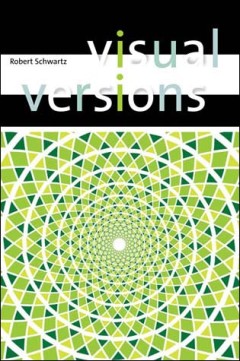
Visual Versions
A Bradford book."These essays by Robert Schwartz on topics in the theory of vision are written from a pragmatic perspective. The issues and arguments will interest both philosophers and psychologists, covering new ground and bridging gaps between these disciplines. Schwartz begins historically, with discussions of problems raised and solutions offered in Bishop Berkeley's writings on vision, pr…
- Edition
- -
- ISBN/ISSN
- 9780262283304
- Collation
- 1 online resource (x, 265 pages) :illustrations
- Series Title
- -
- Call Number
- -
 Computer Science, Information & General Works
Computer Science, Information & General Works  Philosophy & Psychology
Philosophy & Psychology  Religion
Religion  Social Sciences
Social Sciences  Language
Language  Pure Science
Pure Science  Applied Sciences
Applied Sciences  Art & Recreation
Art & Recreation  Literature
Literature  History & Geography
History & Geography